Outcomes reporting
During their work RTLB make a difference for mokopuna, teachers, schools, kura, clusters of schools, parents, and whānau. Outcomes data collected at case, cluster and national level provides evidence of the positive impact of RTLB work.
Measuring outcomes can help answer questions.
- Are we making a real difference for mokopuna and their whānau?
- What has changed and what has improved for mokopuna, whānau, educators and the education settings involved?; How do we know this?
Having a big picture view of the outcomes of RTLB work helps clusters and their Ministry colleagues make wise choices about how best to support teachers and learners and helps inform future practice.
A nationally consistent outcomes framework enables RTLB and Ministry Learning Support practitioners to use credible and useful data when reporting to parents, whānau, families, teachers, schools, kura, clusters of schools, and other relevant stakeholders.
RTLB indicate one or more of the following focus areas for each case:
Learning:
- Participation – Tātaritanga
- Learning Achievement – Whaiwāhitanga
Behaviour:
- Managing Self – Rangatiratanga
- Relating to Others – Manaakitanga
Case Outcomes Measures
For every case, RTLB use rubrics or scaled indicators to measure key outcomes of their work at the three tiers of support – universal, targeted, and individualised.
Outcomes are measured and recorded for:
- student achievement
- teacher perception
- home/school partnerships
- quality of service.
Note: this data should not be used in isolation for appraisal purposes.
Student achievement outcome measures
For each case, at least one of the four student achievement outcomes is measured:
- Participation – Tātaritanga
- Learning achievement – Whaiwāhitanga
- Managing self – Rangatiratanga
- Relating to others – Manaakitanga.
Only those student achievement outcomes that are relevant to a case or that have been a focus of the work are measured.
Pre and post data can be at the universal, targeted as well as individual tiers of support. The collaborative team agrees to the measures using an overall team judgement (OTmJ).
The measures are recorded twice:
- at the start of RTLB involvement
- at case closure.
Participation – Tātaritanga

Learning Achievement – Whaiwāhitanga
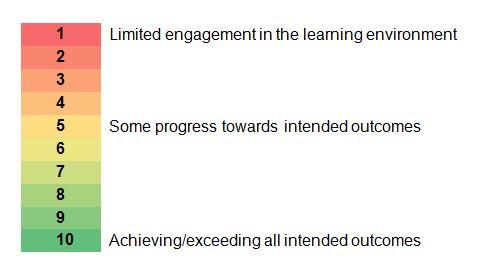
Managing Self – Rangatiratanga

Relating to Others – Manaakitanga

Teacher perception outcome measure
At the initial meetings of RTLB involvement and at case closure review meeting, feedback is gained from teachers to determine their level of confidence to meet the student’s needs and in sustaining inclusive practice.
The pre and post data is used as evidence that teachers have the confidence, knowledge and skill to meet the needs of diverse learners in inclusive learning environments.
The measure is recorded twice:
- at the start of RTLB involvement
- at case closure.
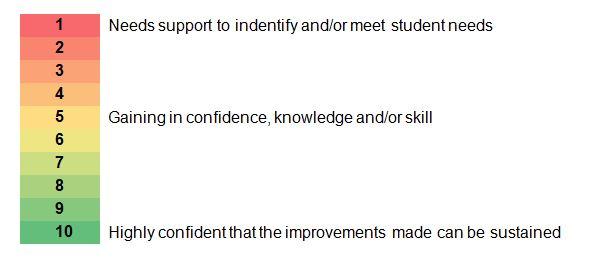
Home/School partnership outcome measure
At the initial meeting of RTLB involvement and at case closure review meeting, feedback is gained from teachers, parents, and whānau to gauge the strength of the connection between home and school, and the extent to which the partnership supports student learning.
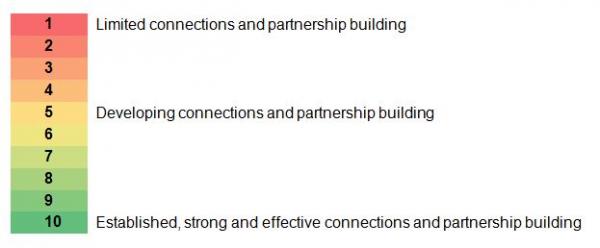
Quality of service outcome measures
At case closure a judgement is made about the quality of service being provided by RTLB, in particular whether:
- RTLB have worked in a nationally consistent way, in accordance with He Pikorua.
- practice is supported by robust evidence.
There are two measures that show the quality of the service provided by the RTLB:
- fidelity to He Pikorua in Action
- strength of evidence.
Both outcomes are measured. Each measure is recorded once, at case closure.
Fidelity to He Pikorua in Action
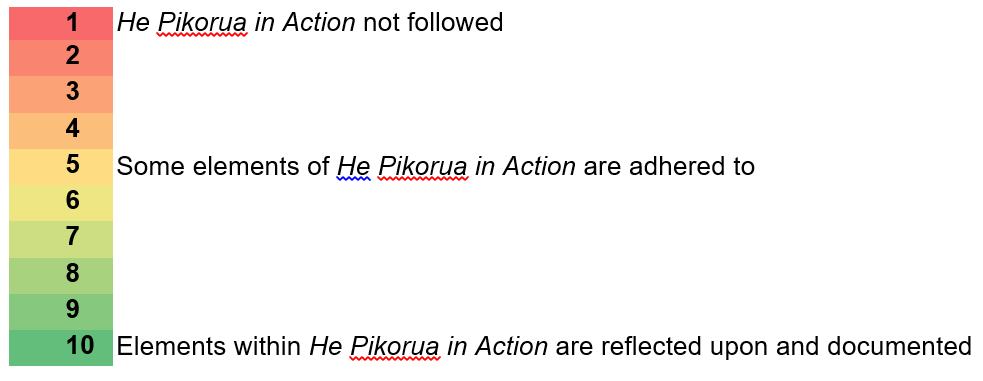
Strength of evidence
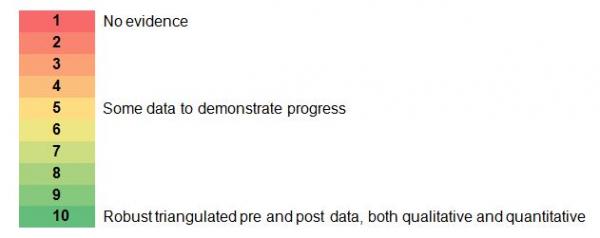
The RTLB uses self, practice leader or peer case review in accordance with cluster procedures to gauge the strength of supporting evidence used throughout He Pikorua in Action.
Note: Decisions about procedures for case review are made at cluster level.
Who makes these outcomes decisions?
- For student outcomes decisions will be an overall team judgement (OTmJ) made by the collaborative team that has been involved in the case.
- For teacher perception, information will be gained in discussions between the RTLB and teacher/s at the start of the case and at case closure.
- For Home/School Partnerships this could be made as a team, or could be made by the RTLB if the situation is sensitive.
- Decisions about quality of service are made with a colleague or practice leader or by self-review, according to cluster procedures.
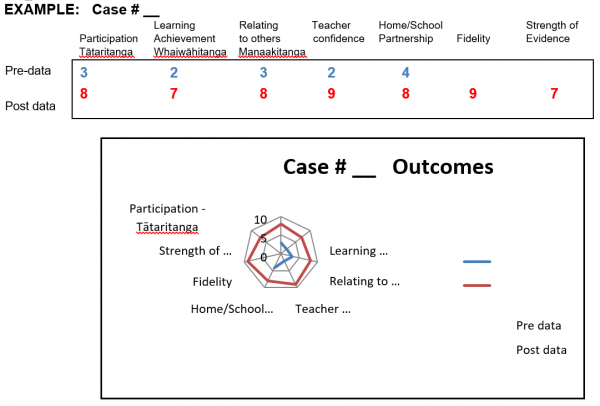
Project outcome measures
As well as measuring the outcomes of case work, RTLB also record the outcomes of cluster-generated projects.
Cluster-generated projects are in-house pieces of work such as research or resource development.
At the completion of a project, the cluster records those outcomes that have occurred as a result of the project.
Project outcomes are not measured using a rubric or 1-10 scale. Instead, the cluster notes if the projects has:
- been formally shared with other RTLB or other relevant professionals
- developed an RTLB intervention for use in schools, kura, and Kāhui Ako
- influenced quality RTLB practice
- influenced quality RTLB service provision
- led to system or process efficiencies.
Closed but incomplete RTLB cases
When cases are closed and incomplete, RTLB indicate the reason for the support being discontinued.
The reason could be:
- The student no longer enrolled.
- The student is excluded.
- Consent has been withdrawn.
- Agreement by collaborative team to close the case.
- The case has been referred on to the Ministry of Education Severe Behaviour Service, ORS, or another agency.